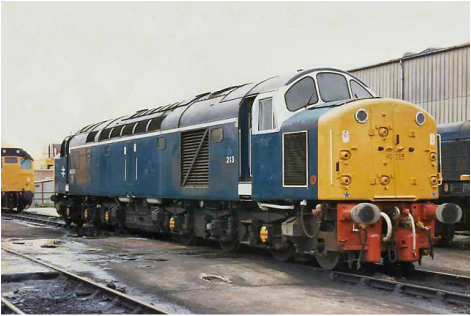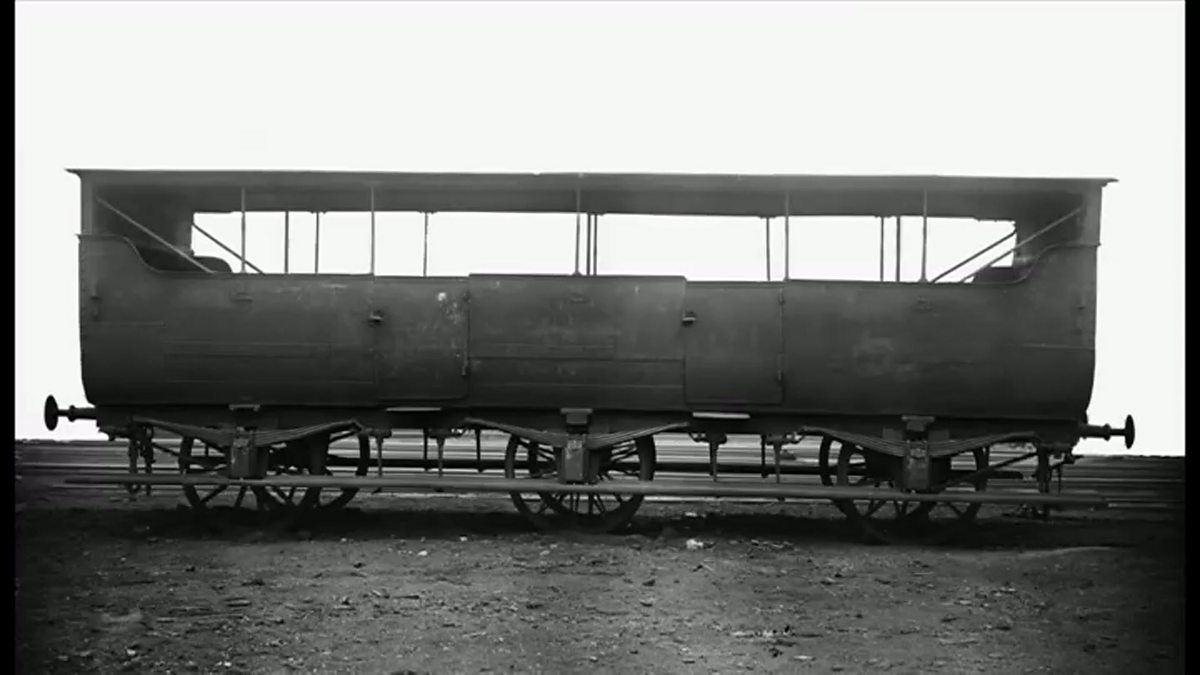Heartland
master brummie
There were several landmark changes in the Birmingham railway scene. These include
(1) The first railway companies lay tracks in Birmingham
(2) Railway mergers create the network of track that became the Great Western, London & North Western and Midland Railway
(3) Other independent railways are established, such as the Harborne Railway
(4) Joint railways are created such as the line between Halesowen and Longbridge (GWR/MR)
(5) The railway companies improve their system, widening and adding new track
(6) Railway Grouping, the LNWR and MR merge
(7) Railway Nationalisation, railway companies merge to form British Railways under the Railway Executive, whilst their associated canal boatage services cease in 1954, some road vehicles pass to the Road executive
(8) Transport is rationalised and routes and stations are closed. The London Midland Region takes over all Birmingham lines. The West Coast main line is electrified in stages eventually reaching Glasgow.
(9) Changes within the British Railways brings investment in some new services. The Cross City Line is created and a new station Birmingham International is opened. Transport is coordinated with Travelcards valid on bus and railway services.
(10) Further changes under the London Midland Region leads to the closure of the original Moor Street Station and new platforms on the line to a reconstructed Snow Hill.
(11) British Rail embarks on creating business sector units. Intercity, Network South East and Regional Railways. These changes coincide with the opening of new stations at Galton Bridge, The Hawthorns and the Jewellery Quarter and the building of a parkway station at Sandwell & Dudley. The West Midland Metro starts construction on the line between Wolverhampton and Snow Hill. Passenger services recommence on the line to Hednesford.
(12) The Railways are privatised with Railtrack taking over the signalling and track and franchise companies running the passenger trains. Freight becomes open access served by several companies. The principal freight operator in the West Midland is EWS. Freightliner retain their depot at Landor Street.
(13) Railtrack continues with local line improvements including the passenger line from Hednesford to Rugeley & Stafford and a Walsall- Wolverhampton direct service. Railtrack is taken over by the government as Network Rail, following serious safety issues. Network Rail becomes involved with station improvement and new stations.
(14) The original franchises formed out of Intercity are West Coast (Virgin) and Cross Country (Virgin). The former Regional Railways service are split between Central Trains, Chiltern, North West Trains and Silver Link.
(15) Franchises are changed and routes altered. A strong bus operator ownership of local services alter as foreign railway companies gain control of the passenger services. More new stations are proposed on the Kings Heath line and at Willenhall & Darlaston.
(16) High Speed 2 is authorised by parliament and work starts on clearing the site at Curzon Street and much of the intended route through Birmingham. The former Metropolitan Wagon Works are demolished.
During this long period the scene has seen change. In this view a diesel multiple unit is leaving Exchange Sidings for the Camp Hill line. The background can be seen the Signal Box.

(1) The first railway companies lay tracks in Birmingham
(2) Railway mergers create the network of track that became the Great Western, London & North Western and Midland Railway
(3) Other independent railways are established, such as the Harborne Railway
(4) Joint railways are created such as the line between Halesowen and Longbridge (GWR/MR)
(5) The railway companies improve their system, widening and adding new track
(6) Railway Grouping, the LNWR and MR merge
(7) Railway Nationalisation, railway companies merge to form British Railways under the Railway Executive, whilst their associated canal boatage services cease in 1954, some road vehicles pass to the Road executive
(8) Transport is rationalised and routes and stations are closed. The London Midland Region takes over all Birmingham lines. The West Coast main line is electrified in stages eventually reaching Glasgow.
(9) Changes within the British Railways brings investment in some new services. The Cross City Line is created and a new station Birmingham International is opened. Transport is coordinated with Travelcards valid on bus and railway services.
(10) Further changes under the London Midland Region leads to the closure of the original Moor Street Station and new platforms on the line to a reconstructed Snow Hill.
(11) British Rail embarks on creating business sector units. Intercity, Network South East and Regional Railways. These changes coincide with the opening of new stations at Galton Bridge, The Hawthorns and the Jewellery Quarter and the building of a parkway station at Sandwell & Dudley. The West Midland Metro starts construction on the line between Wolverhampton and Snow Hill. Passenger services recommence on the line to Hednesford.
(12) The Railways are privatised with Railtrack taking over the signalling and track and franchise companies running the passenger trains. Freight becomes open access served by several companies. The principal freight operator in the West Midland is EWS. Freightliner retain their depot at Landor Street.
(13) Railtrack continues with local line improvements including the passenger line from Hednesford to Rugeley & Stafford and a Walsall- Wolverhampton direct service. Railtrack is taken over by the government as Network Rail, following serious safety issues. Network Rail becomes involved with station improvement and new stations.
(14) The original franchises formed out of Intercity are West Coast (Virgin) and Cross Country (Virgin). The former Regional Railways service are split between Central Trains, Chiltern, North West Trains and Silver Link.
(15) Franchises are changed and routes altered. A strong bus operator ownership of local services alter as foreign railway companies gain control of the passenger services. More new stations are proposed on the Kings Heath line and at Willenhall & Darlaston.
(16) High Speed 2 is authorised by parliament and work starts on clearing the site at Curzon Street and much of the intended route through Birmingham. The former Metropolitan Wagon Works are demolished.
During this long period the scene has seen change. In this view a diesel multiple unit is leaving Exchange Sidings for the Camp Hill line. The background can be seen the Signal Box.

















